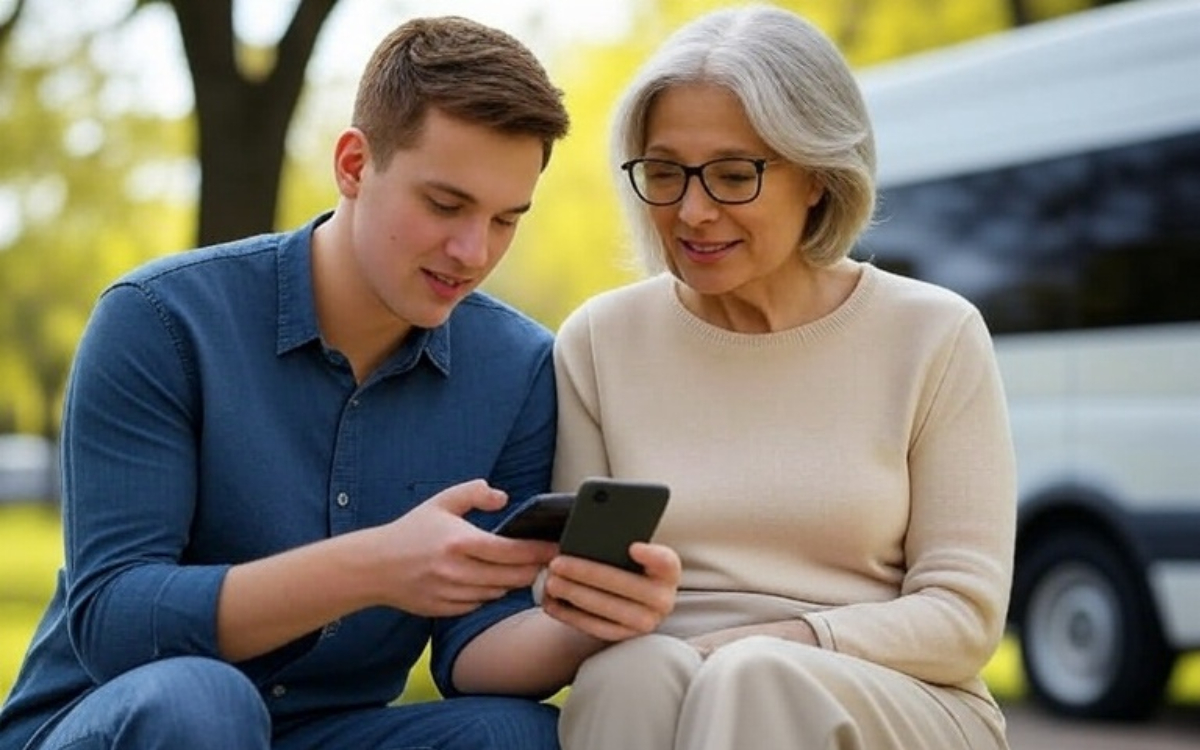


The space between us

The requirement for more space is driving city pioneers around the World to reexamine how space is utilized, reclaiming it back from vehicles, and giving it to people to walk, to meet, to work out, or to just sit.
As Spain eases restrictions in its major cities, streets start to exhibit what seems to be a slow advance toward normality, or at least a situation that resembles what existed before the pandemic.
In Barcelona and Madrid, people circumspectly reappear into a world totally different from the one left behind, where the expectation is now to wear a face cover -as of mandatory in indoor spaces as well as streets- and a separation of two meters between each other, which still feels like an expectation beyond the realm of imagination. It is the so-called Social Distancing.
Researches are starting to prove that the bloom of cyclists may give a major help in times when the pandemic has created an air of distrust of public transportation. Yet our streets were intended for cars, not bicycles, and car reliance appears more determined than ever, as commuters tend to find a safer shelter in their personal automobiles.
How can we bring back our cities, without bringing back the traffic?
We may now have a chance to give citizens around the globe a genuine transportation autonomy -valuable options for getting around that provide the freedom not to have to buy and maintain a car.
One of the silver lining effects of COVID-19 lockdowns has been the general drop in air contamination, due to a smaller industrial production and car emissions. Two investigations published in the Geophysical Research Letters journal, found that nitrogen dioxide lowered up to 60% in the north of China, western Europe and the United States in the first period of 2020.
Another research that’s been considered by experts the most far reaching and specific, measures the impacts of the lockdowns on air quality shows that the cleaner air may bring along over 7,000 less premature deaths and almost 7,000 fewer asthma attacks in the United States, a country where confinement has forced drivers to invest less time traveling by car, which lead insurance companies to return over $7 billion , or between 15% to 25% of premiums, to their clients.
Car manufacturers and traditional operators within the mobility industry are the deepest affected. In the long run, COVID-19 can bring a strong impact on mobility as it creates macroeconomic changes, new regulations, and new technologies along with new consumer behaviors.
At Shotl, we know that mobility will keep being a basic human need, and as players of the industry we must start adjusting our strategies to adapt to the current scenario and prepare – or create – the next normal.
Popular posts
29.03.22
Shotl enables accessible transport in France
The local authorities in Montbéliard have taken an important step away from traditional accessibility transport planning and towards 21st-century mobility thanks to Shotl’s new ADAPTIVE app, which enables fairer and more inclusive transport for people
Osvald Martret
23.07.25
What Makes a DRT Pilot Succeed? A Blueprint for First-Year Rollouts
Albert Tresserras
30.03.20
Mobility-as-a-Service takes off at airports
As awareness of the climate crisis grows, so does scrutiny of the aviation industry. However, while many look to the skies for solutions, opportunities also exist on the ground to make airports more sustainable.


